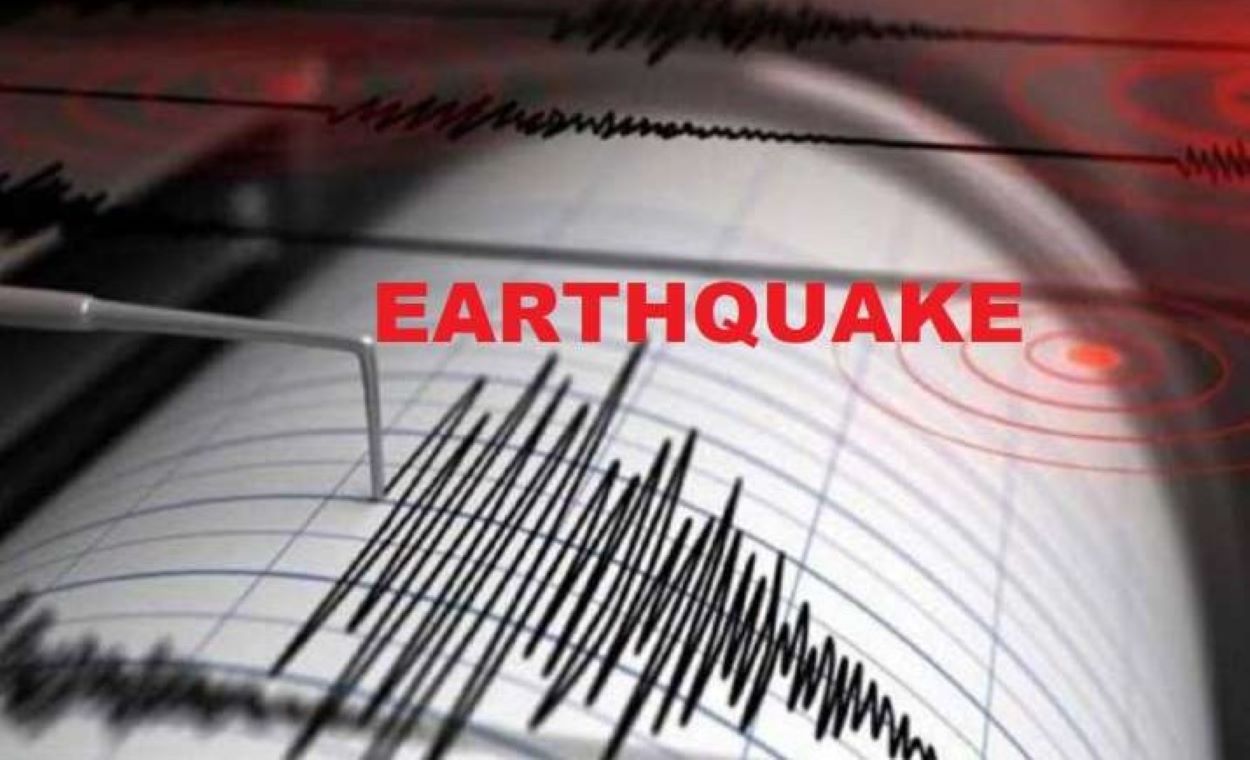On Monday, southern Japan experienced a strong earthquake, which did not trigger the same alert level as the unprecedented megaquake warning issued last year.
According to the Japan Meteorological Agency (JMA), the earthquake, with a preliminary magnitude of 6.9, struck the Kyushu region at 9:19 p.m. (0019 GMT). Following an assessment, the JMA determined that the earthquake did not necessitate special measures regarding seismic activity in the Nankai Trough.
The Nankai Trough is a seismically active area where the Philippine Sea Plate subducts beneath the Eurasia Plate. This zone is known for for producing earthquakes approximately every 100-150 years, making any significant seismic activity in the area a potential to indicate an earthquake.
In August, the JMA issued a week-long advisory, warning of a “relatively higher chance” of a megaquake potentially as powerful as magnitude 9, following a magnitude-7.1 quake in the country’s southwest. This advisory highlighted the ongoing seismic risks in Japan.
Tsunami Advisories and Safety Measures
Following Monday’s earthquake, tsunami advisories were issued for the southern prefectures of Miyazaki and Kochi, warning of waves up to one meter (3.3 ft) high. A 20-centimetre public broadcaster, NHK, reported that a 20-centimetre (7.8-inch) reached Miyazaki city; as reported, all tsunami advisories were lifted by 0250 GMT.
NHK also reported no abnormalities at the Ikata Nuclear Power Plant in western Japan or the Sendai Nuclear Power Plant in Kagoshima prefecture near the quake’s epicentre.
Earlier in November 2024, severe weather warnings were issued in western Japan due to the remnants of a tropical storm, prompting. Nearly everyone was urged to evacuate in anticipation of landslides and floods. The forecast also predicted heavy rainfall and thunderstorms driven by warm, moist air from the downgraded tropical storm Kong-Rey.
Rain associated with these weather conditions led to brief suspensions of Shinkansen bullet train services between Tokyo and the southern Fukuoka region. Additionally, earlier in the week, Taiwan felt the effects of Kong-rey.
According to Taiwan’s National Fire Agency, the storm claimed at least three lives and injured 690 people.
This series of natural events underscores the continuous need for vigilance and preparedness in the face of natural disasters in the region.






